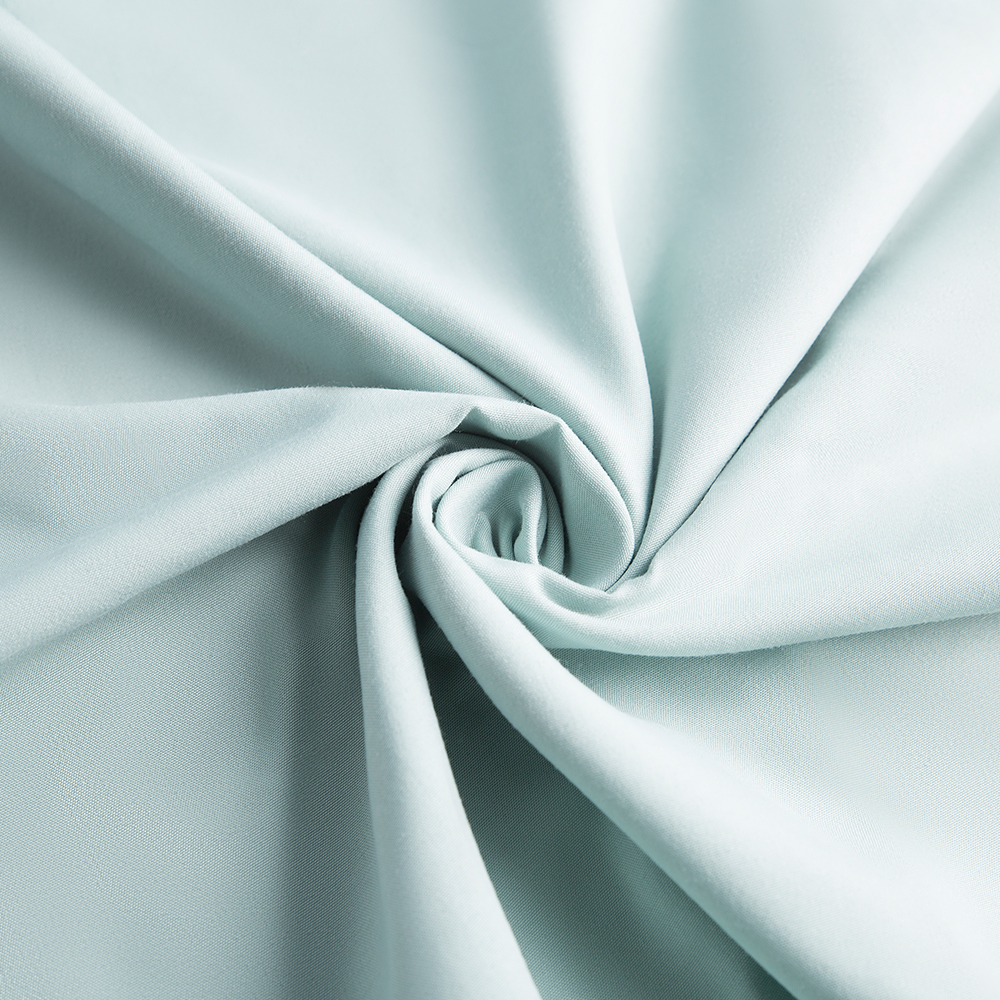Minimizing the risk of defects like pilling or wear marks during the sanding dyeing process requires careful attention to several factors, including fabric selection, process control, and equipment settings. Here are some strategies to help you achieve optimal results and reduce the occurrence of these defects:
Select the Appropriate Fabric Type and Quality:Choose High-Quality Fabrics: Use fabrics that have a tight weave or are made of high-quality, long-staple fibers, as they are less prone to pilling compared to loosely woven or short-staple fabrics.Pre-Treat the Fabric: Ensure that fabrics undergo appropriate pre-treatments (e.g., singeing, mercerizing) to remove loose fibers that could lead to pilling during sanding.Opt for Blended Fabrics: Blends of natural and synthetic fibers (e.g., cotton-polyester) may reduce the likelihood of pilling as synthetic fibers often provide better abrasion resistance.
Control the Sanding Process Parameters:Adjust Abrasive Type and Grit Size: Select the appropriate type and grit size of sanding abrasive for the fabric. Finer grit sizes reduce the risk of excessive abrasion that can cause wear marks or weaken the fabric surface.Monitor Sanding Pressure: Use moderate sanding pressure to avoid over-sanding, which can lead to fabric damage or the formation of wear marks. Excessive pressure can also cause deep abrasion, weakening the fabric structure.Optimize Sanding Speed: Set the sanding speed according to the fabric type and desired effect. Slower speeds may reduce the risk of pilling by allowing more controlled abrasion, while high speeds can cause friction that generates excessive heat and damage.
Implement Proper Fabric Handling Techniques:Ensure Uniform Fabric Tension: Maintain consistent fabric tension during sanding to prevent uneven abrasion, which can result in wear marks or damage.Avoid Overlapping or Double Sanding: Ensure that the fabric is fed smoothly through the sanding equipment to avoid overlapping or double sanding, which can create visible wear lines or patches.Use Anti-Pilling Finishes: Applying an anti-pilling finish or coating after sanding can help reduce the risk of pilling, especially for fabrics prone to fiber shedding.

Optimize Dyeing Parameters:Choose Compatible Dyes and Chemicals: Select dyes and dyeing auxiliaries that are compatible with the sanding process. Certain chemicals can make fibers brittle or affect their resistance to abrasion.Control Dyeing Temperature and Time: High temperatures or prolonged dyeing times can weaken fibers, making them more susceptible to pilling. Maintain optimal dyeing temperatures and times to preserve fabric integrity.
Use Proper Equipment and Maintenance:Regularly Maintain Sanding Equipment: Ensure sanding equipment, such as rollers or belts, is well-maintained and free from defects. Worn-out abrasives can create uneven surfaces that may lead to inconsistent sanding results.Monitor Equipment Alignment: Proper alignment of sanding equipment is essential to avoid skewed or inconsistent sanding patterns that can create defects or wear marks.
Employ Multi-Stage Sanding and Dyeing:Multi-Stage Processing: Consider a multi-stage approach where light sanding is followed by dyeing and then a final finishing stage. This minimizes the risk of over-sanding and allows for better control over the final fabric appearance.Intermediate Washes: Incorporating intermediate washes between sanding and dyeing stages can help remove loose fibers, reducing the risk of pilling or fabric damage during subsequent processing.
Implement Quality Control Measures:Regular Inspections: Perform frequent inspections throughout the sanding and dyeing processes to identify early signs of defects like pilling or wear marks. This allows for adjustments to be made in real-time.Conduct Fabric Tests: Conduct abrasion resistance and pilling tests (e.g., Martindale or pilling box tests) on samples before full-scale production to ensure the selected process parameters are effective.
Optimize Environmental Conditions:Maintain Proper Humidity and Temperature: Controlling humidity and temperature in the processing environment can help maintain fiber elasticity and reduce static electricity, both of which affect pilling and abrasion.Avoid Static Build-Up: Static electricity can attract loose fibers, increasing the risk of pilling. Proper humidity control and anti-static agents can help minimize this risk.
Laser Sanding Technology: Laser sanding is a more controlled, non-contact alternative that can achieve similar effects without physically abrading the fabric, thereby reducing the risk of pilling and wear marks.
By implementing these strategies, you can effectively minimize the risk of defects such as pilling or wear marks during the sanding dyeing process, ensuring high-quality and consistent results.





 English
English
 中文简体
中文简体










